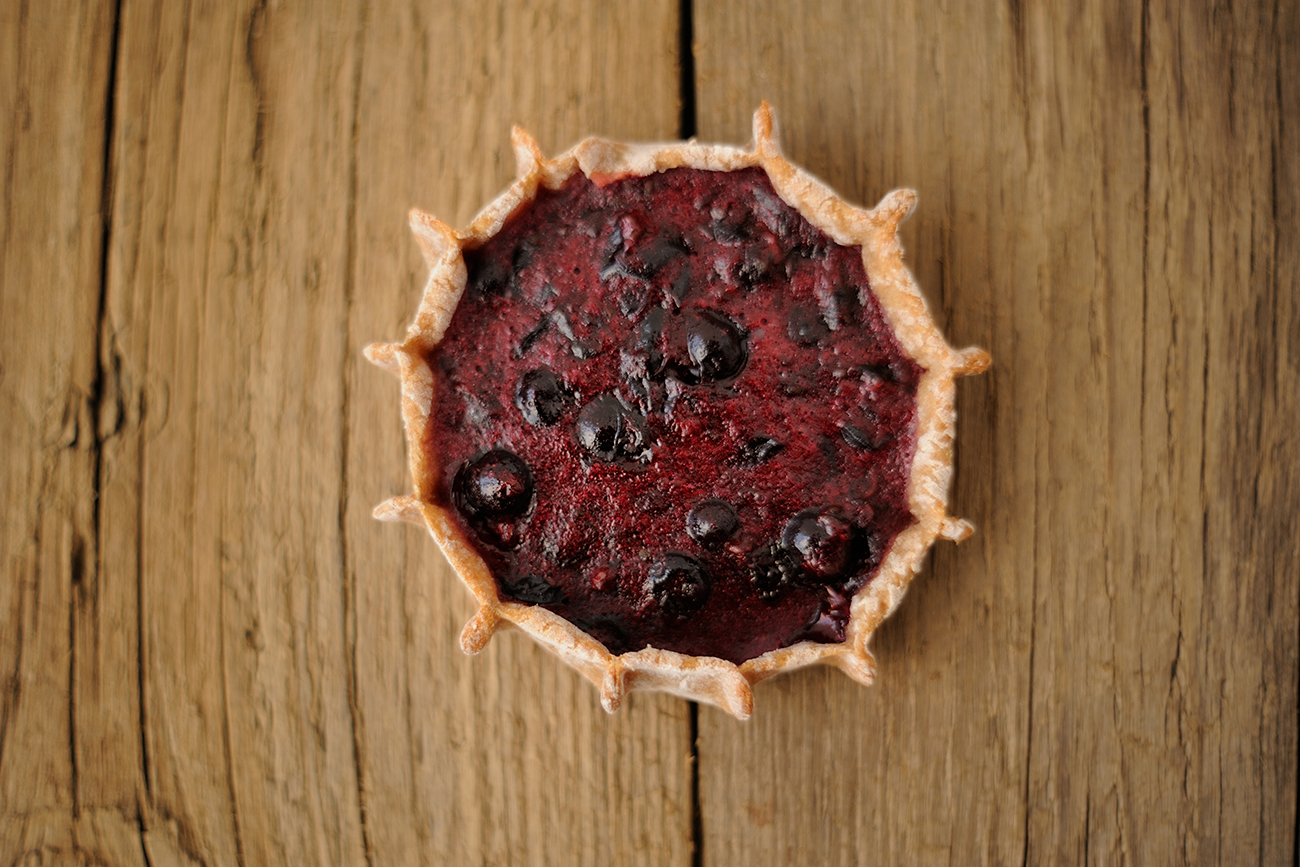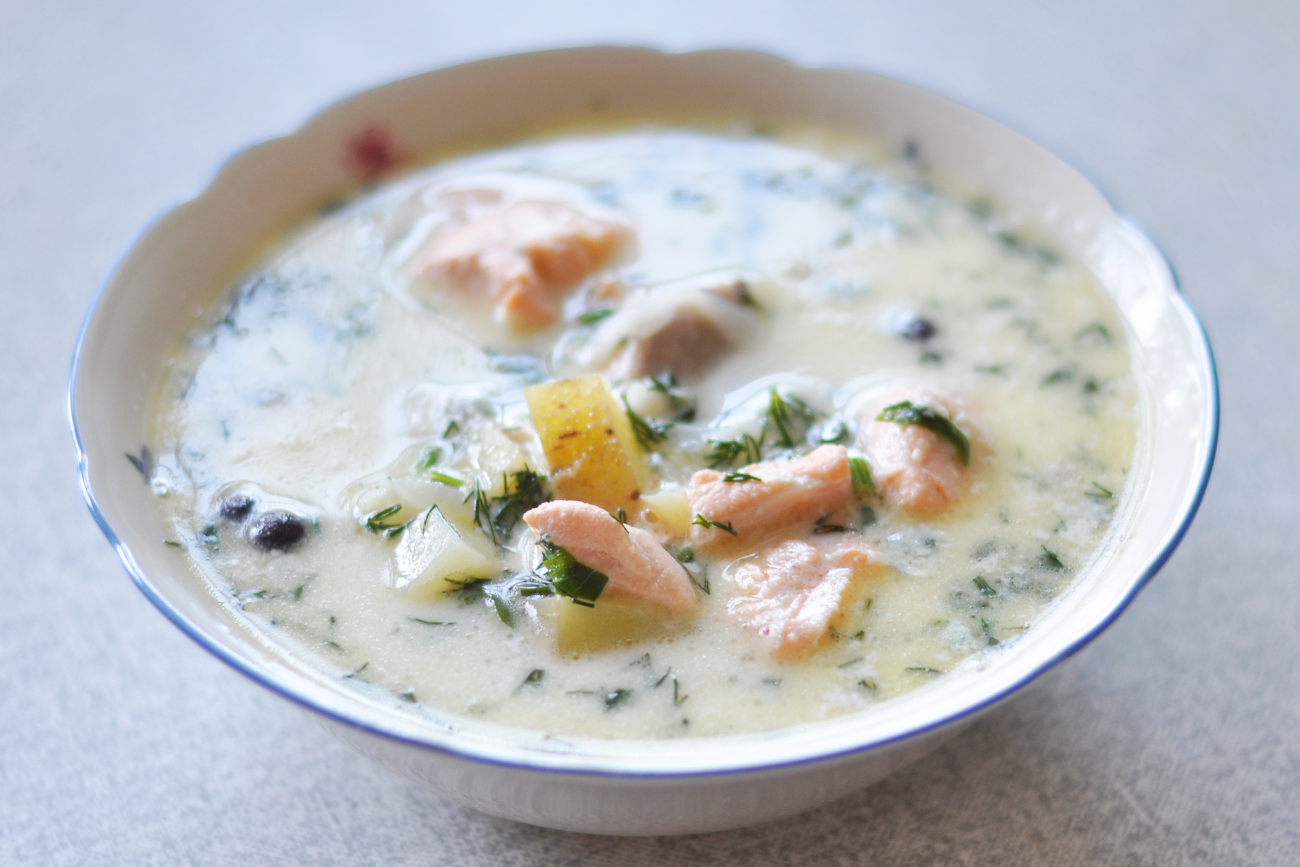Kalitki – festive pies that brighten a common peasant meal

Attract wealth by baking pies in the form of moneybags.
Legion MediaKalitki are traditional pies with filling that for centuries have been a common dessert in Russia's region of Karelia. According to one etymological explanation, this name originated from the ancient word «калита» (“kalita”) meaning "moneybag," because the form of the pie resembles open moneybags with the filling looking out.
Kalitiki have also been popular in neighboring Finland, where they were called kalitad or kalitkad. While the question of the name’s origin remains unclear, it'd be rather inaccurate to claim that the word was a mere borrowing. Nevertheless, kalitki remain popular in both regions, and today it's not possible to determine the exact place of origin.Russian and Finnish kalitki recipes differ regarding the form of the pies – the Finnish version has edges turned up, while the Russians pinch them. This decorative technique provided the pies with their unique appearance, which was valued no less than its taste.
“A good hostess should make forty pinches on a kalitka” – goes an old cooking aphorism that is more a description of the technique than a direct instruction, but it still portrays the general manner of preparing this treat. This recommendation must have been created for the large, oblong version of kalitki, resembling a boat. A more common, smaller and rounder type of the pie had from ten to fifteen “rays” on average.
Baked from simple rye flour, kalitki have been traditionally regarded as a simple peasant snack. The ingredients were commonplace, either produced in farming households or picked in the wild. Though a usual part of daily meals, kalitki have also served as a festive treat.Kalitki may differ by types of filling – for instance, blander pies were filled with millet, rice or potatoes; other recipes include farmer cheese or mushrooms. For our recipe we've chosen blueberry because it turns a common snack into a bright sweet dessert.
Instead of blueberry you can also use cowberry, black currant, strawberry, raspberry or blackberry – all have earned a place in different versions of the old recipes.
How to make it:
Ingredients:
- 3 glasses rye flour
- 1 tbsp. wheat flour or farina starch
- 1 glass blueberry
- 150 ml curdled milk
- 1 egg
- 1 tbsp. oil
- 100 ml honey
- 1 tsp. sugar
- ½ tsp. salt
- 1 pinch baking soda
2. After washing and drying the berries for filling, divide them in half. Pestle the first half, mixing with honey until smooth. Then mix the dough with the intact berries, adding wheat flour or starch.
3. Divide the dough into small parts, rolling out each. Put a teaspoon of filling into the center of each piece, and pinch the edges of the cookies.
4. Oil the pan, then place the pies onto it. Put the pan into a preheated oven. Kalitki should be baked at 190º C (374º F) for 20 minutes on average.
Note: Keep in mind that the rye dough hardly changes color when baked, so watch it carefully to avoid the pies becoming dry.
If using any of Russia Beyond's content, partly or in full, always provide an active hyperlink to the original material.
Subscribe
to our newsletter!
Get the week's best stories straight to your inbox

